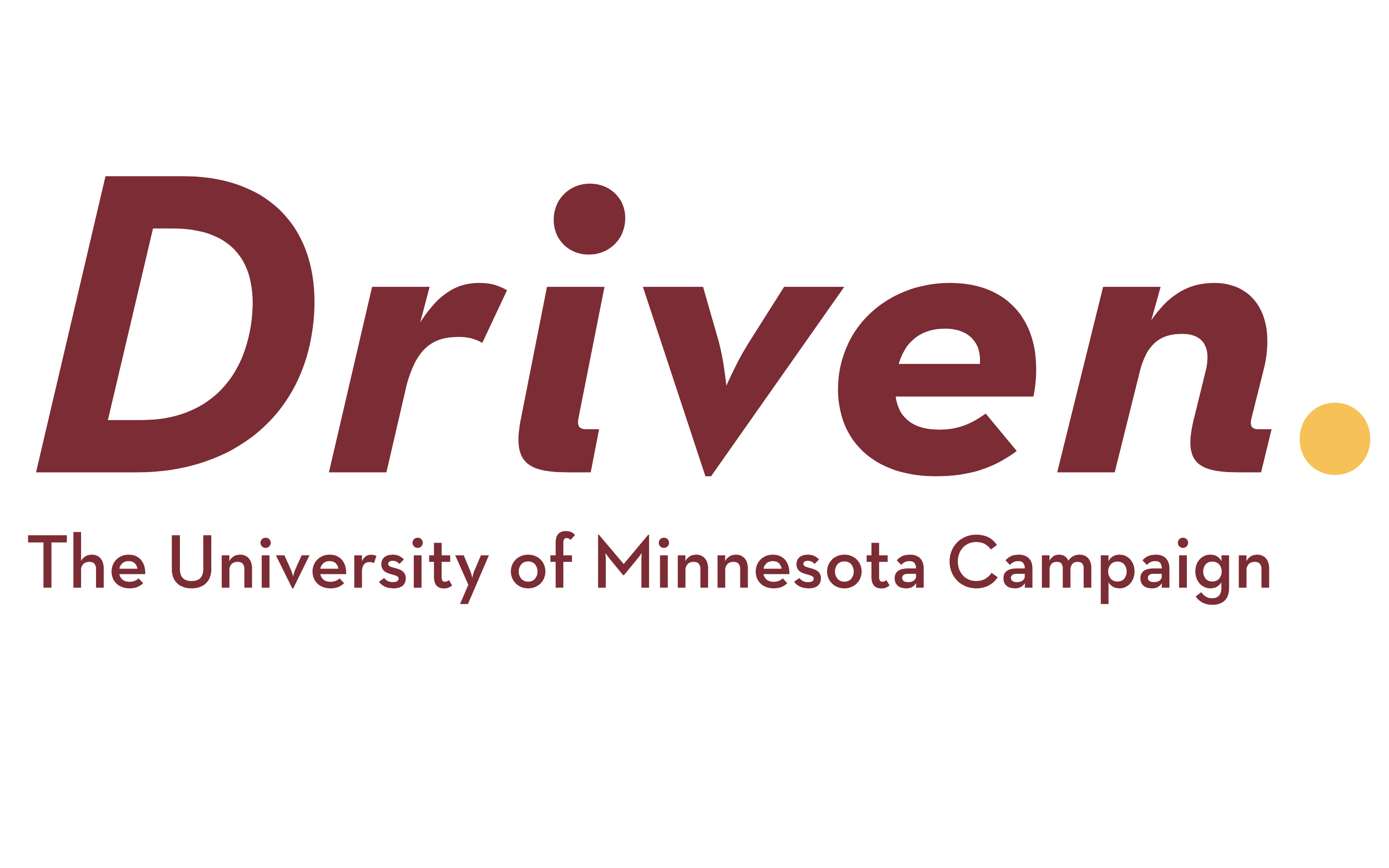
Porcine Transplantation program
REVOLUTIONIZING ORGAN TRANSPLANTATION
Tackling kidney disease, heart failure, and diabetes using cells and organs from pigs.
A breakthrough on the horizon: Four years to success
For decades, the medical community has dreamed of transplanting porcine tissue (derived from pigs) to humans to replace failing kidneys, hearts, and pancreatic islet cells. When we can use readily available animal replacement cells and tissue to treat human diseases and conditions—a process known as xenotransplantation—we can save lives and make a transformative impact on human health.
We believe that we are poised to do just that. At scale, successful transplants would be more than technological and medical breakthroughs. They would save thousands of lives each year, while improving the life expectancy and quality of life for many more.
Safe and successful transplant processes would herald a new era of medicine in which readily available animal tissue could be used to treat many different diseases and conditions.
The University of Minnesota has stepped up to the challenge. Our institution has a groundbreaking pedigree and deep knowledge in transplantation history. We have strategically assembled the most talented transplant team in the world to achieve these goals, and we have developed a clear roadmap.
The stakes are life and death
The demand for organs for human transplantation is enormous, but the supply is extremely limited. Currently, more than 114,000 people in the U.S. are on the waiting list for an organ transplant.
Each year, more than 7,000 die before they are able to receive a transplant. Our work could dramatically reduce that waiting list.
These patients wait in agonizing limbo, with expensive treatments that cannot solve the problem. For example, annual Medicare spending for kidney dialysis alone tops $28 billion.
Better options are needed. Transplants using cells and organs from pigs represents a historic and meaningful step forward that will save lives—and the University of Minnesota is ready to make it happen.
Our history and team prepare us for this challenge
For more than half a century, the University of Minnesota Medical School has been a pioneer in transplant medicine. Our surgeons and researchers have performed numerous worldwide transplant “firsts,” including the first clinical pancreas transplant and the first transplant of insulin-producing islet cells. We understand what it takes to be successful.
Now the University of Minnesota team will add to that list of history-making achievements by becoming the first to use pig tissue for successful heart, liver, and islet transplants in human patients. We have strategically built a team that has the ambition and qualifications to turn this big idea into reality.
This entire team of experts—leaders in their fields and laser- focused on this goal—will work together synergistically to achieve the next major milestone in transplant advances: the first successful kidney, heart, and islet transplants in human patients using cells and organs from pigs.
TEAM OF EXPERTS
Andrew B. Adams, M.D., Ph.D.
Andrew B. Adams, M.D., Ph.D., Professor of Surgery and Chief of the Division of Transplantation, is a world leader in transplantation immunology. In 2020 he joined the U of M from Emory University, where he had achieved the world’s best results in kidney xenotransplantation in animals. Dr. Adams works closely with Dr. Melanie Graham utilizing preclinical models for research conducted in the preclinical research center at the University of Minnesota.
Professor Richard Bianco
Richard Bianco, B.S., Professor of Surgery and Program Director for Experimental Surgery, is an internationally recognized leader in complex surgical studies who brings decades of preclinical experience to this project.
Guerard Byrne, P.h.D
Dr. Byrne is an internationally recognized expert in Molecular Biology, Genetic Engineering and the Immunobiology of Xenotransplantation. He has worked in leading industry, academic and biomedical institutions and discovers new insights and technologies to advance the translation of cardiac xenotransplantation and other novel cardiovascular therapies.
Melanie Graham, M.P.H., P.h.D.
Melanie Graham, M.P.H., P.h.D. recognized as a world leader in preclinical research, holds the Robert and Katherine Goodale Chair in Minimally Invasive Surgery and is the Director of the Preclinical Research Center at the University of Minnesota. Dr. Graham works closely with Dr. Andrew Adams utilizing preclinical models for research conducted in the preclinical research center.
Bernhard J. Hering, M.D.
Bernhard J. Hering, M.D., Professor of Surgery, McKnight Presidential Chair in Transplantation Science, and Director of the Schulze Diabetes Institute, is a world-renowned expert in islet transplantation and a pioneer in islet xenotransplantation for diabetes.
Christopher McGregor, M.D.
Christopher McGregor, M.D., Professor of Surgery, has pioneered cardiac xenotransplantation and discovered a new antigen in porcine tissues that is linked to transplantation success. He led cardiac surgery and transplant programs at Mayo Clinic and University College London before joining the University of Minnesota in 2020.
Sabarinathan Ramachandran, Ph.D.
Sabarinathan Ramachandran, Ph.D., Associate Professor in the Department of Surgery, and Director of the Transplantation Tolerance Laboratory at the Schulze Diabetes Institute, is an internationally recognized transplant immunologist with expertise in donor-recipient matching and studies discerning the immunological mechanisms of tolerance and rejection. He works closely with Drs. Hering, Adams, Graham, and others to develop novel strategies that are clinically translatable for tolerance induction to cell and organ transplants from human and porcine donors.
Amar Singh, Ph.D
Amar Singh, Ph.D., Assistant Professor in the Department of Surgery, is a transplant immunologist. Dr. Singh has made important contributions to the induction of immune tolerance of transplanted islets and to our understanding of the immunobiology of tolerance of islet and kidney transplants. Dr. Singh has also explored the immune mechanisms contributing to acceptance and rejection of porcine islet transplants in nonhuman primates.
The roadmap for success is clear
We believe we can launch successful initial clinical trials of kidney, heart, and islet cell transplantation from pigs to human patients by 2025.
This accelerated timeline is possible, in part, because there are no “black box” discoveries to impede our path. Decades of research into porcine-to-human transplants have illuminated and eliminated the most vexing problems within the field. The experts we have assembled are ready to turn this longtime ambition into reality.
With funding to move forward, we will achieve these groundbreaking goals in the very near future.
Projected timeline
Maximize cell and tissue supply, expand team, and finalize strategy for preclinical studies.
Initiate preclinical studies and establish regulatory framework for patient studies.
Continue preclinical studies and generate medical-grade donor animals.
Complete preclinical studies and submit documentation to FDA to start patient studies.
Complete the first pig-to-human kidney, heart, and islet cell transplants.
You can help us take the next steps
To keep our most promising work on track, we depend on you. Donors support the boldest work that we do. Your generosity opens the door to “firsts” that will help thousands of patients down the road. We invite you to play an essential role in an achievement that will make medical history.
We seek to raise $2 million in philanthropic gifts that will propel our efforts. Your support will allow us to complete pilot studies and leverage the results into larger grants from other sources, such as the National Institutes of Health, that will continue to fuel these efforts.
Within four years,
we will become the first team in the world to conduct successful pig-to-human transplant trials in three major areas: kidney, heart, and pancreatic islet cells.
Why porcine tissue for transplant?
Using cells and organs derived from pigs is a good transplant alternative for several reasons:
- Pigs can be bred to meet human organ transplant needs.
- Porcine insulin works as a diabetes treatment for humans.
- The size and physiology of pig organs are similar to those of human organs.
- Genetic modification is possible.
- Porcine tissue presents fewer ethical obstacles than human tissue or organs derived from embryonic stem cells.
To learn more or make a gift, please contact:
Sarah Barsness
Senior Development Officer Kidney, Liver, and Pancreas Transplantation sbarsnes@umn.edu 612-625-5976
Michelle Boe
Senior Development Officer Heart and Lung Transplantation maboe@umn.edu 612-625-9903
